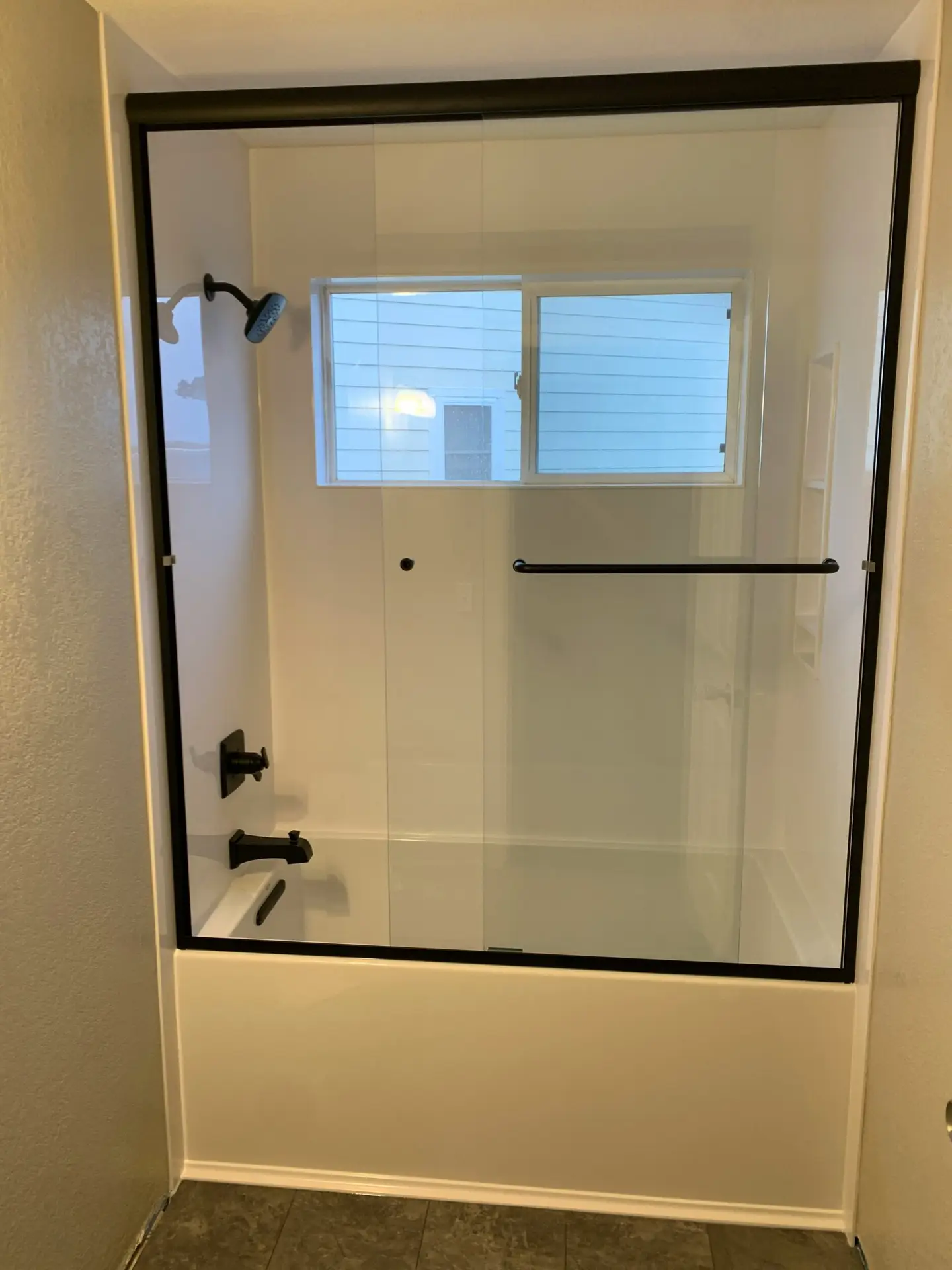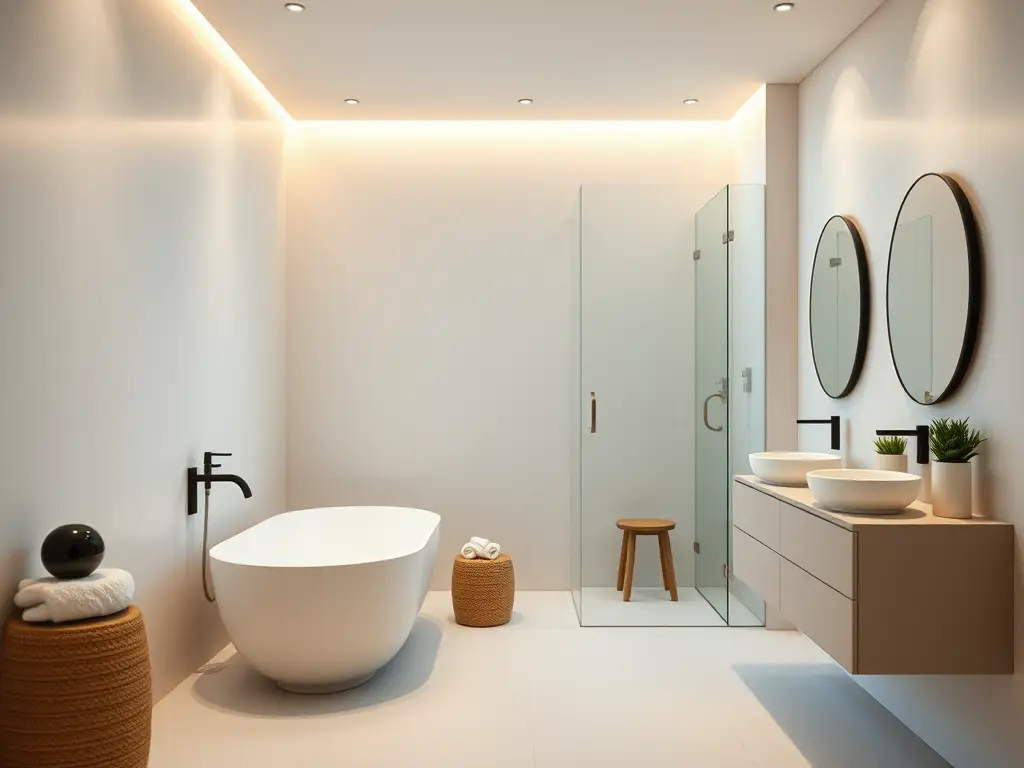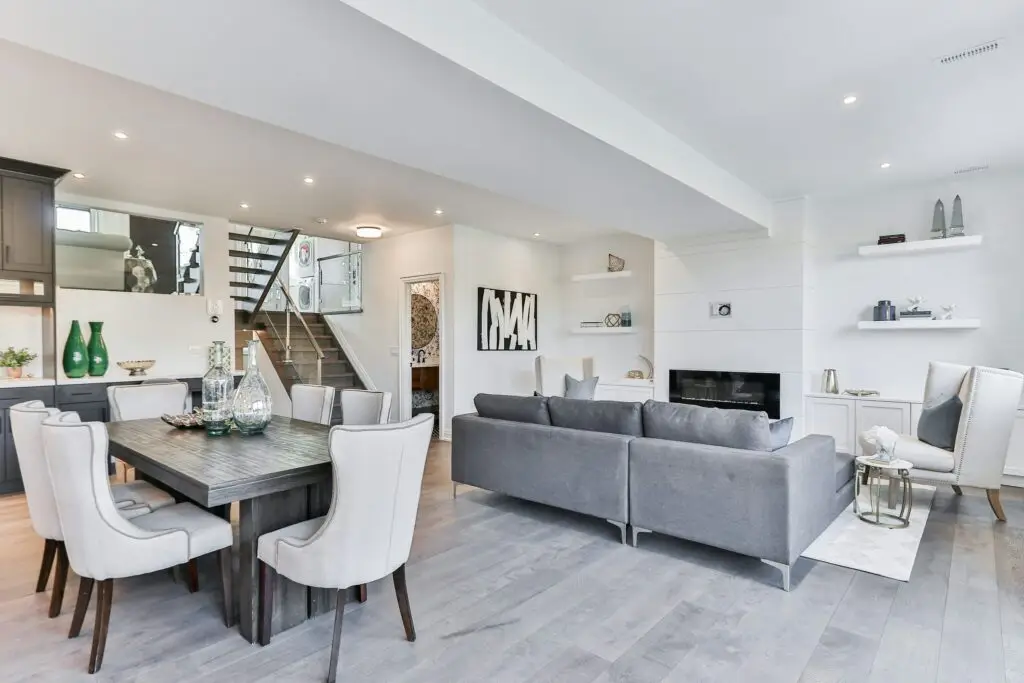Understanding Your Bathroom Renovation Goals
Embarking on a bathroom renovation is an exciting journey that requires careful consideration of various factors. The first step in this transformative process is to clearly define your renovation goals. A thorough assessment of your current bathroom situation is essential, as it allows you to identify areas that require improvement. This might include enhancing functionality, updating aesthetics, or increasing the overall value of your home.
Begin by evaluating the existing layout and features of your bathroom. Consider how you currently use the space and what changes could improve your experience. Do you find the current arrangement convenient, or does it hinder your daily routines? Reflect on your needs; for instance, if you frequently share the bathroom with family members, increasing storage or adapting the layout for ease of use might be priorities.
Additionally, it is important to set a realistic budget before proceeding. Bathroom renovations can vary significantly in cost, depending on the scope of the changes you wish to implement. By establishing a clear financial framework, you will be able to make informed decisions regarding material selections, fixtures, and labor costs. It is also advisable to incorporate a contingency fund within your budget to address unexpected expenses that may arise during the renovation.
Your desired timeline is another critical element that should not be overlooked. It is important to consider how long you can manage with limited access to your bathroom and plan accordingly. Being realistic about the time commitment for different phases of the renovation will ensure that your project progresses smoothly. Taking the time to outline your priorities will help you visualize your ideal bathroom and facilitate a more focused approach to the renovation process.
Drafting a Detailed Renovation Plan
When embarking on a bathroom renovation, it is crucial to draft a comprehensive plan that outlines every critical aspect of the project. Start by identifying your desired style and materials. This phase includes researching current trends, assessing your personal preferences, and creating mood boards to visualize your aspirations. Selecting the right materials is essential, as they not only affect aesthetics but also durability and maintenance requirements.
Next, it is necessary to evaluate the permits required for your renovation. Different projects may necessitate permits from local authorities, especially if plumbing or electrical work is involved. Thoroughly investigating these requirements beforehand can prevent delays and additional costs during the renovation process.
Once you have a clear vision of your project, consider whether to hire professionals or undertake a DIY approach. If you choose to work with contractors, obtaining multiple quotes is key to ensure you receive competitive pricing and services tailored to your needs. Don’t hesitate to discuss your ideas and requirements with interior designers or contractors to achieve a functional layout that maximizes your bathroom’s space.
As part of your planning, prioritize tasks based on their significance and the logical sequence of the renovation. For instance, structural changes should precede aesthetic enhancements. Creating a clear timeline for these tasks can aid in maintaining momentum and ensuring that your renovation stays on track. Allocate specific timeframes for each phase, from demolition and plumbing to installation and finishing touches. Tracking progress against this timeline will be beneficial in managing expectations and coordinating with any hired professionals.
In conclusion, drafting a detailed renovation plan serves as a blueprint for your bathroom transformation, paving the way for a successful renovation process by addressing critical elements such as style, materials, permits, contractor selection, and task prioritization.
Executing the Renovation: Key Steps and Timeline
Upon embarking on a bathroom renovation project, understanding the key steps and adhering to a timeline is essential for a successful outcome. The renovation process typically begins with comprehensive planning, which allows you to define your goals, budget, and style preferences for the new bathroom. Once your plans are finalized, the renovation can be executed in a series of phases.
The first phase usually involves demolition, which can take anywhere from a few days to a week, depending on the bathroom size and the extent of remodeling. This step is crucial as it prepares the space for new installations. Be prepared for potential setbacks, such as discovering plumbing issues or structural problems that may require additional time and resources.
Following demolition, plumbing and electrical work are typically next. These elements may take one to two weeks, as it’s vital to ensure all systems are functioning properly before moving forward. During this stage, you may need to acquire permits and arrange for inspections to comply with local building codes and regulations. Ensuring that these are scheduled appropriately can help keep the project on track.
Once plumbing and electrical work are complete, the timeline moves to framing and drywall installation, which can generally be accomplished within a week. Afterward, you can proceed with the installation of flooring, cabinetry, and fixtures—this phase often takes up to three weeks, as it encompasses many components, each requiring careful attention to detail.
Throughout the renovation, maintaining flexibility within your timeline is crucial. Unexpected challenges may arise, and accommodating these changes without panic helps to manage stress levels effectively. Regular communication with contractors and labor teams can ensure everyone is aligned with progress and addressing any concerns promptly.
Finally, remember that while having a timeline is essential, the quality of work should never be compromised in favor of speed. By following these outlined steps, you are well-equipped to execute your bathroom renovation successfully.
Final Touches and Post-Renovation Considerations
As you arrive at the final stages of your bathroom renovation, the finishing touches play a pivotal role in enhancing the overall aesthetic and functionality of the space. Thoughtful selection of decor elements, appropriate lighting fixtures, and effective organization systems can transform a newly renovated bathroom from a mere functional space into a serene retreat. Consider adding decorative items like artwork, plants, or stylish towels that reflect your personal style. The choice of lighting is equally crucial; incorporating bright, layered lighting can improve visibility, while ambient and accent lighting helps in setting a relaxing mood.
In addition to decorating, establishing an organized layout is essential. Installing built-in shelves or stylish cabinets can help in minimizing clutter and maintaining a clean look. The placement of frequently used items should be practical, promoting ease of use and accessibility in your new bathroom.
Once the renovation is complete and the decor is in place, it is imperative to conduct a thorough inspection of the workmanship. Ensure that all installations, such as plumbing, electrical fittings, and fixtures, function properly. Testing the shower, faucets, and lighting should be on your checklist, confirming that everything operates as intended. Additionally, discussing with the contractors any concerns or questions you have can further enhance your confidence in the completed project.
Creating a maintenance plan is another crucial step in preserving the quality of your newly renovated bathroom. This plan could include routine checks on water systems to prevent leaks, guidelines for cleaning, and relevant upkeep activities for various materials used, such as tiles and fixtures. Finally, take a moment to reflect on your renovation journey. Gathering feedback can be highly beneficial, especially if professionals were involved. Their insights could contribute to future renovations, optimizing both design and execution for even greater success.





